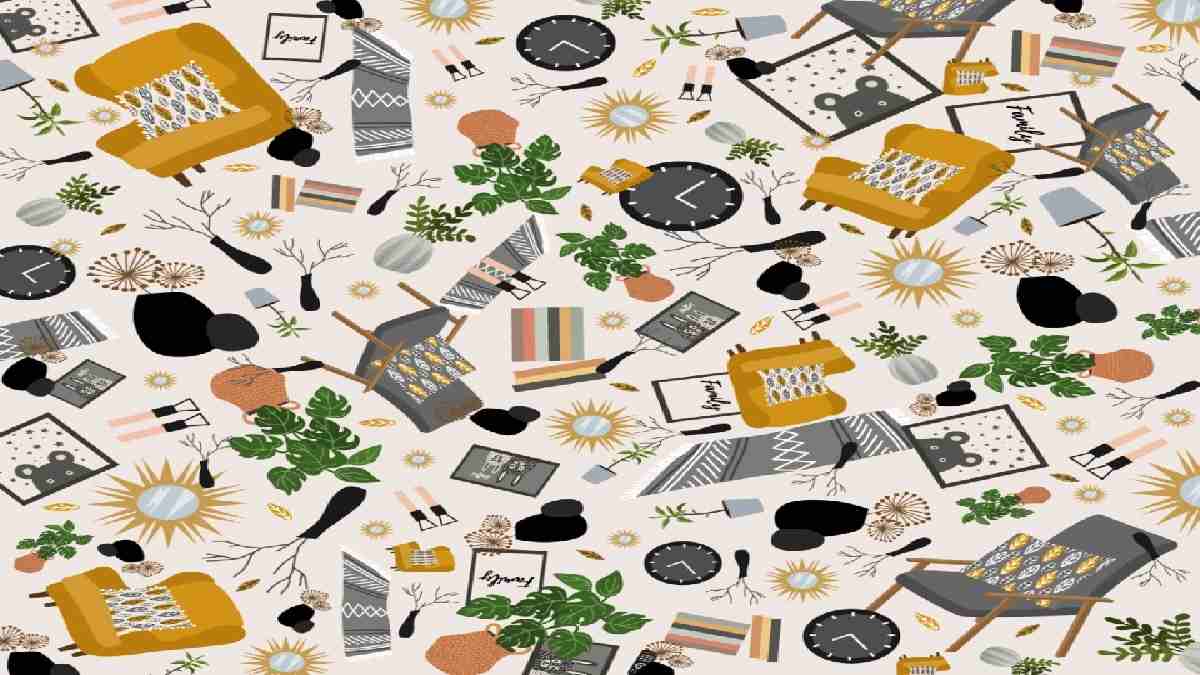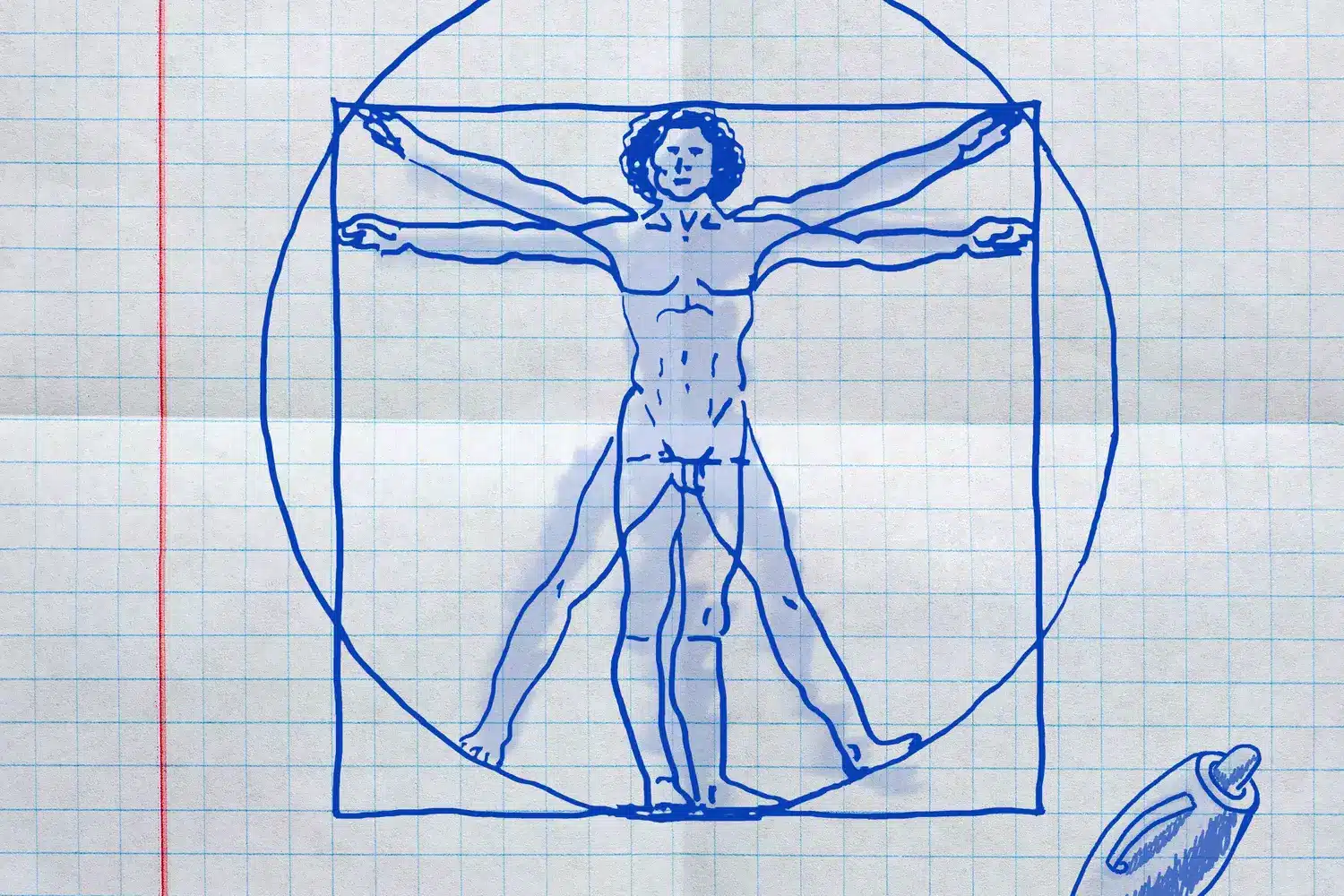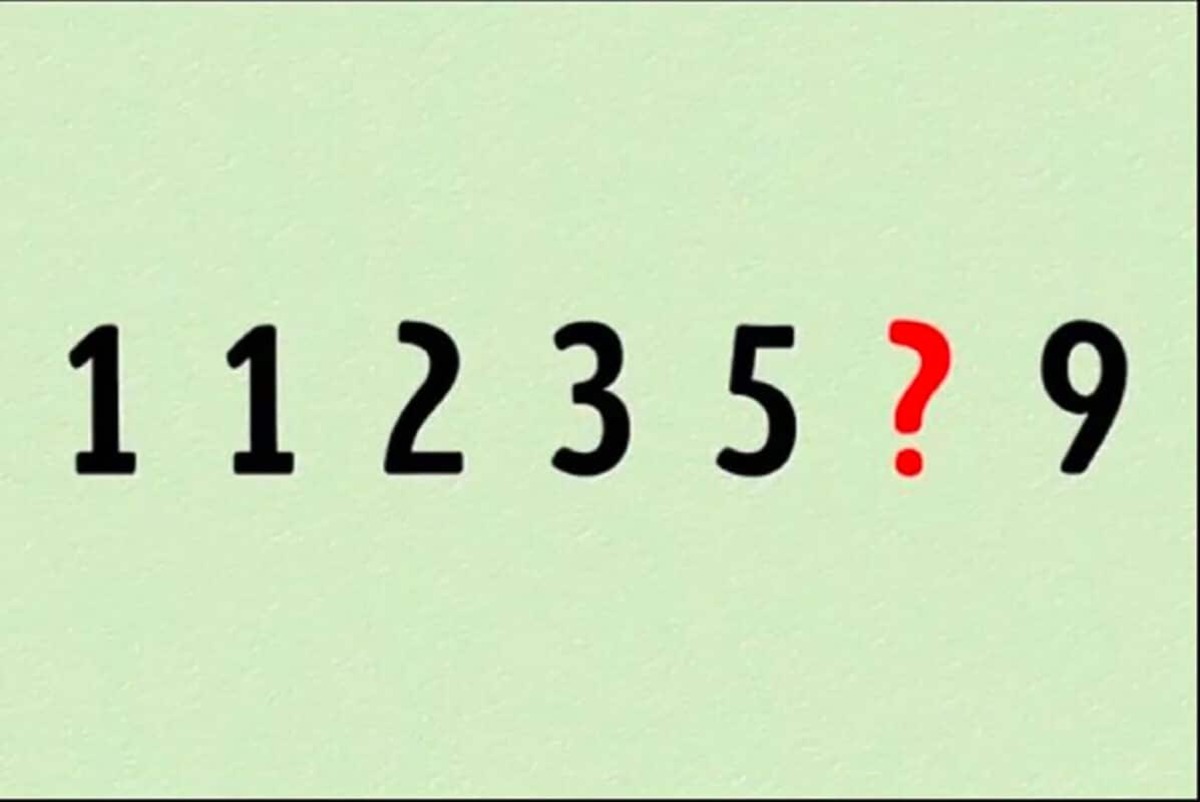Occasionally, a visual puzzle emerges that pushes even the sharpest observational skills to their limits. In this trending optical illusion challenge, participants are invited to spot a hidden remote control nestled within a cluttered pile of furniture—sofas, cushions, lamps, and plants—all in just 20 seconds. It is said that only 1% manage to identify the object within this tight timeframe, transforming the activity into both an entertaining brainteaser and a true test of visual perception. For anyone seeking a fun time challenge or eager to see how their focus measures up, this exercise offers a lighthearted yet effective way to train the mind through engaging visual puzzles.
What makes the hidden remote search so difficult?
This is far from a routine game where the answer leaps out immediately. The real trick lies in the clever camouflage: everyday items blend seamlessly with their surroundings through matching patterns, shapes, and colors. In this particular image, the remote is expertly concealed among lookalike objects, challenging not only one’s concentration but also attention to subtle details often missed on a first scan.
The task may seem simple at first, but the hidden object draws viewers back for multiple attempts. Most spend more than the elusive 20 seconds as they painstakingly examine every corner. With countless distractions and almost no obvious clues, it becomes clear why only a small percentage succeed before time runs out.
The clever use of patterns and colors
Designers have used a smart mix of textures and shades to craft the perfect camouflage for the remote. Busy cushion prints, neutral-toned sofas, and strategically placed potted plants all work together to blur the object’s outline. Searching for the hidden remote requires resisting the urge to group similar elements, making quick scanning nearly impossible.
Lighting and shadows add another layer of complexity. Shadows from lamps and overlapping fabrics mask the straight lines or button clusters typical of a remote control. Sharp eyesight helps, but solving the puzzle under pressure demands a methodical, patient approach.
Why does time pressure matter so much?
A major part of the challenge comes from the ticking clock. Being asked to spot something in mere seconds triggers adrenaline, which can cause important details to slip by unnoticed. This optical illusion puzzle capitalizes on the natural tendency to rush, leading to errors or overlooked clues.
For many, the countdown enhances the excitement and emotional investment in the time challenge. Some might feel frustration mounting as the solution remains elusive, but the urgency transforms casual observation into a genuine test of mental agility.
How to improve the odds: methods for tackling the puzzle successfully
While it may be tempting to jump in and hope for luck, a structured strategy consistently yields better results. Participants who systematically scan the image tend to outperform those who rely on random glances. Over time, even the most challenging optical illusions become easier to crack with practice.
Maintaining mental clarity is crucial. Clearing away distractions and focusing solely on the task—choosing calm over panic—can make a significant difference. Dividing the image into sections and reviewing each part individually strengthens problem-solving skills needed for future hidden object games.
The top-down, bottom-up, then middle technique
One proven method involves starting at the top of the image, carefully searching the lower section next, and finally sweeping through the middle. This sequence prevents tunnel vision and ensures that less conspicuous areas are not ignored. Often, the remote is cleverly tucked away in the lower portion, camouflaged among various furnishings.
Systematic searching reduces wasted effort. By checking each segment thoroughly, it is easier to avoid missing spots where the mind assumes nothing of interest exists. Following this set process also slows down racing thoughts, improving accuracy under pressure.
Matching shapes instead of looking for colors
Experienced puzzle enthusiasts often disregard color cues, since designers frequently use similar hues to hide the remote among other objects. Instead, focusing on unique shapes—a slim rectangle or a hint of curved edge—yields better results. Zeroing in on features specific to a remote control allows the eye to sift through visual clutter efficiently.
Repeated exposure to these challenges fosters “visual shortcuts.” These involve filtering out distractions and honing in on potential hiding spots for non-furniture-shaped objects. Building this skill translates into greater success with subsequent hidden object searches.
Common mistakes when trying to spot the hidden remote
Fast-paced visual puzzles can easily trip up even the most attentive participants. Focusing too rigidly on certain cues or only examining large, prominent items often leads to missed opportunities. Flexible thinking and a clear head are vital when confronted with a tricky optical illusion like this one.
Some overlook the possibility that the remote control could be oriented differently or partially concealed beneath another item. Others fixate only on the brightest or largest portions of the image, forgetting that effective concealment relies on blending in rather than standing out.
- Zooming in too closely and losing sight of the bigger picture
- Scanning too quickly and skipping key areas entirely
- Mistaking shadowy corners for empty space
- Ignoring objects near the edges or corners of the image
- Allowing frustration to cloud objective analysis
Benefits of engaging in regular brainteasers and optical illusions
Challenges like the hidden remote search offer more than mere entertainment. Regularly working through brainteasers and optical illusions enhances cognitive flexibility, pattern recognition, and the ability to maintain focus amid distractions. These visual exercises help keep mental faculties sharp well into the future.
The process fosters patience, resilience, and creative thinking. Each unsuccessful attempt provides valuable experience for future efforts, building strategies that prove useful in real-world situations requiring swift decisions or keen observation.
Improving memory and processing speed
Studies indicate that repeated exposure to visual brainteasers boosts memory retention and recall. Holding detailed mental maps of complex scenes teaches the mind to filter distractions and access information rapidly. Enhanced processing speed benefits daily activities such as reading comprehension and navigation.
Challenging the brain with visual puzzles increases neural adaptability. Many regular players find themselves able to handle complex information more effectively after consistent practice, highlighting benefits beyond simple amusement.
Boosting mood and lowering stress
Tackling time-based challenges brings satisfaction, especially as results improve. Friendly competition—whether against others or personal bests—offers a sense of achievement, lifting spirits and motivation. Even the momentary surprise of discovering a cleverly concealed object brings laughter and relieves tension.
Puzzle-solving also creates a welcome break from daily pressures. Immersing oneself in the hunt for a remote allows the mind to rest, temporarily pushing aside anxious thoughts and promoting overall well-being.
Ready for the next hidden object challenge?
If finding the elusive remote proved challenging at first, there is no need for concern—each new puzzle presents fresh twists, encouraging continual improvement and creative thinking. Those aspiring to join the exclusive 1% who solve the search in 20 seconds will benefit from determination, strategic techniques, and a willingness to see familiar shapes in a new light.
Visual puzzles have secured their place as both delightful diversions and powerful brain trainers. Staying open to experimentation and regularly refining one’s approach keeps these challenges engaging, whether enjoyed solo or shared with friends and family. Why not take on the next hidden object search and discover just how sharp those observational skills really are?








